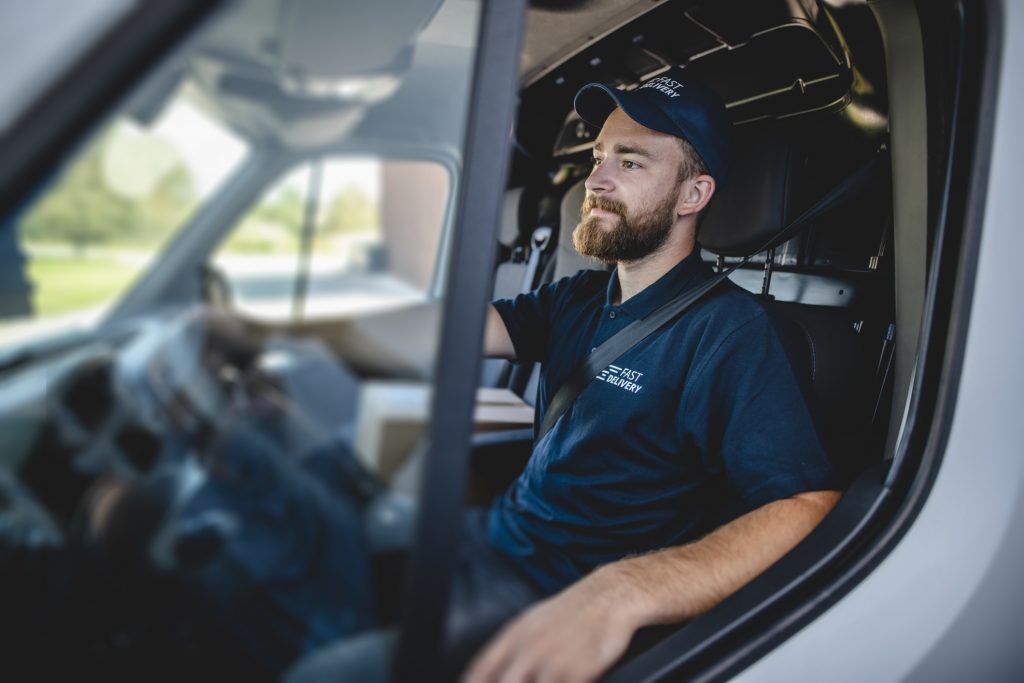Whether your business owns a single vehicle or an entire fleet, you will want to have a proper risk management program in place to reduce the chances of accidents and of being held liable for vehicle misuse by your employees.
While most businesses buy commercial auto insurance and feel they have their bases covered, you should take steps to prevent accidents and protect your employees and vehicles.
Your business can reduce the chance of an accident by establishing and enforcing the following practices and policies. Having set policies in place, and being able to show you enforce those rules, can save your company if it is sued for negligence after one of your drivers causes an accident.
The most important rules
There are some no-exceptions rules that you will need to set. Your staff must adhere to the following at all times:
Always wear a seat belt – Seat belts help prevent deaths and limit the severity of injuries in vehicle accidents. There is no reasonable excuse for not using a seat belt.
No drugs or alcohol – This goes without saying, but driving employees at no time during their workday should have alcohol or drugs, and that includes having a beer with lunch as even one alcoholic beverage can impair a driver’s reaction time. This rule is harder than ever to enforce, particularly in states that have legalized cannabis use, either recreationally or medicinally.
Mobile phone use barred – Distracted driving is a leading cause of accidents, and cellphone use should be strictly prohibited when employees are driving on the job. That means no talking without a hands-free device and no using smartphone features like texting, playing games or perusing Facebook or other social media.
Besides being against the law, it’s just plain dangerous.
Other rules you may want to consider
Limit non-business use of vehicles – While some employees use the same car for work and personal use, you should limit business vehicle use to work-related travel.
Slow down – When you schedule deliveries or pick-ups, make sure to allow sufficient travel time between assignments. Do not create such a frantic pace of work that employees are encouraged to speed. In addition to reducing the risk of accidents, driving at or below the speed limit also will help control fuel costs.
Lock and secure vehicles – Employees should always lock a vehicle when they park it. Whenever possible, vehicles should be parked in secure, well-lit areas.
Employee-focused practices
Know your employees – Before allowing an employee to drive company vehicles, check their driving record with the Department of Motor Vehicles. Do not let employees who have a history of moving violations and accidents drive for you.
Require your staff to report any accidents they have while not working. In addition, recognize that some personality traits – such as a bad temper – can raise the risk of auto accidents.
Train your drivers – Train any employees who regularly drive work vehicles. Training should in best practices such as following distances and proper backing techniques.
Recognize safe drivers – If you have a business that relies on drivers, establish a program to recognize and reward safe drivers. You may also want to reward a department or the whole company for accident-free periods.
Handling accidents
Even with the best rules in place, accidents will still happen, and your driving employees should know what to do if they are involved in an incident.
Written post-accident procedures – These should include:
- Not leaving the scene of an accident.
- Contacting the police if there are injuries.
- Collecting information (license plate numbers, contact information, insurance information, etc.) from the affected parties and any witnesses.
- Taking pictures with their phone from different angles of the accident, if possible.
If the employee is injured, they should seek medical attention if necessary and report a workers’ compensation claim to your human resources staff. - Reporting the accident to the appropriate personnel at work.
Consider also using the incident as an opportunity to educate all employees who drive company vehicles about what to do if they are involved in an accident.
You as an employer also need to follow standard procedure after an accident when one of your drivers was behind the wheel.
Contact your insurer and file a claim – As soon as possible, contact your insurance company to report the accident and begin the claims process. Time is of essence, especially if anyone was injured. Follow the guidance of your insurer in a timely manner, such as getting estimates for repairs.

